Search
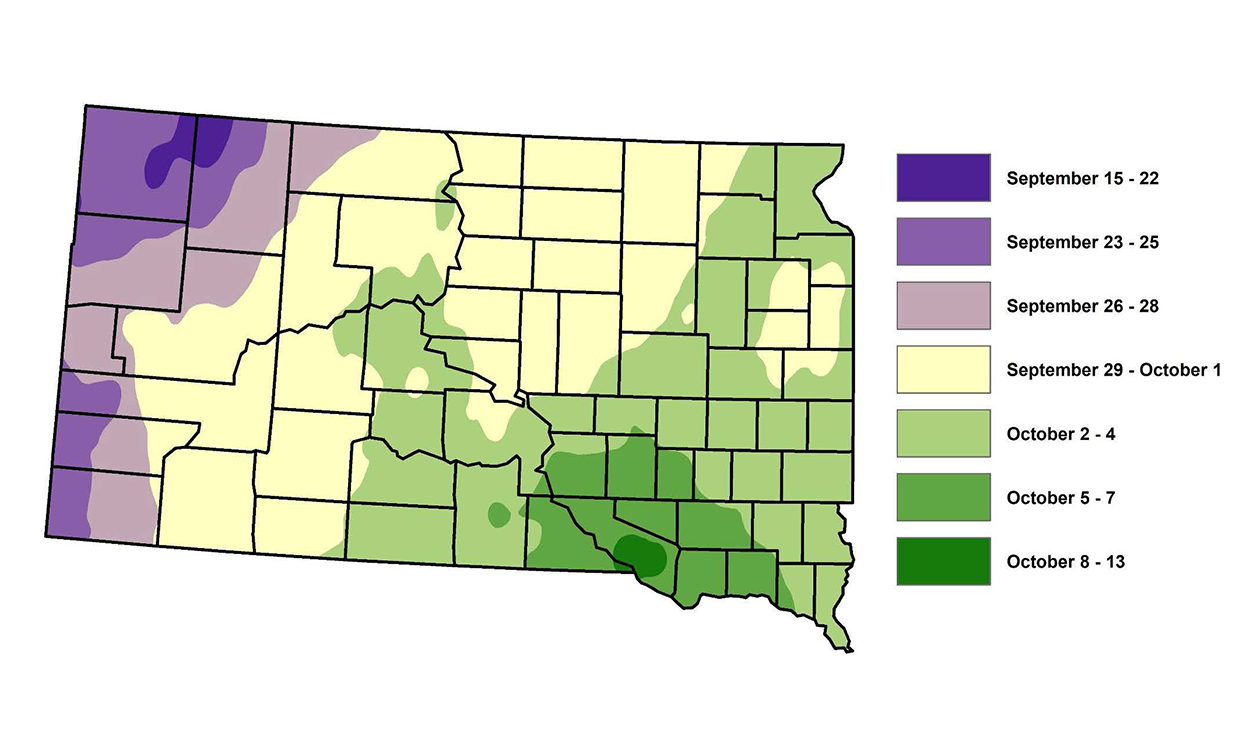
First Fall Frost Dates
The first fall frost often marks the end of the growing season, and many garden plants may not survive the freezing temperatures. Learn about some available tools we can use to predict the first fall frost dates around the state.
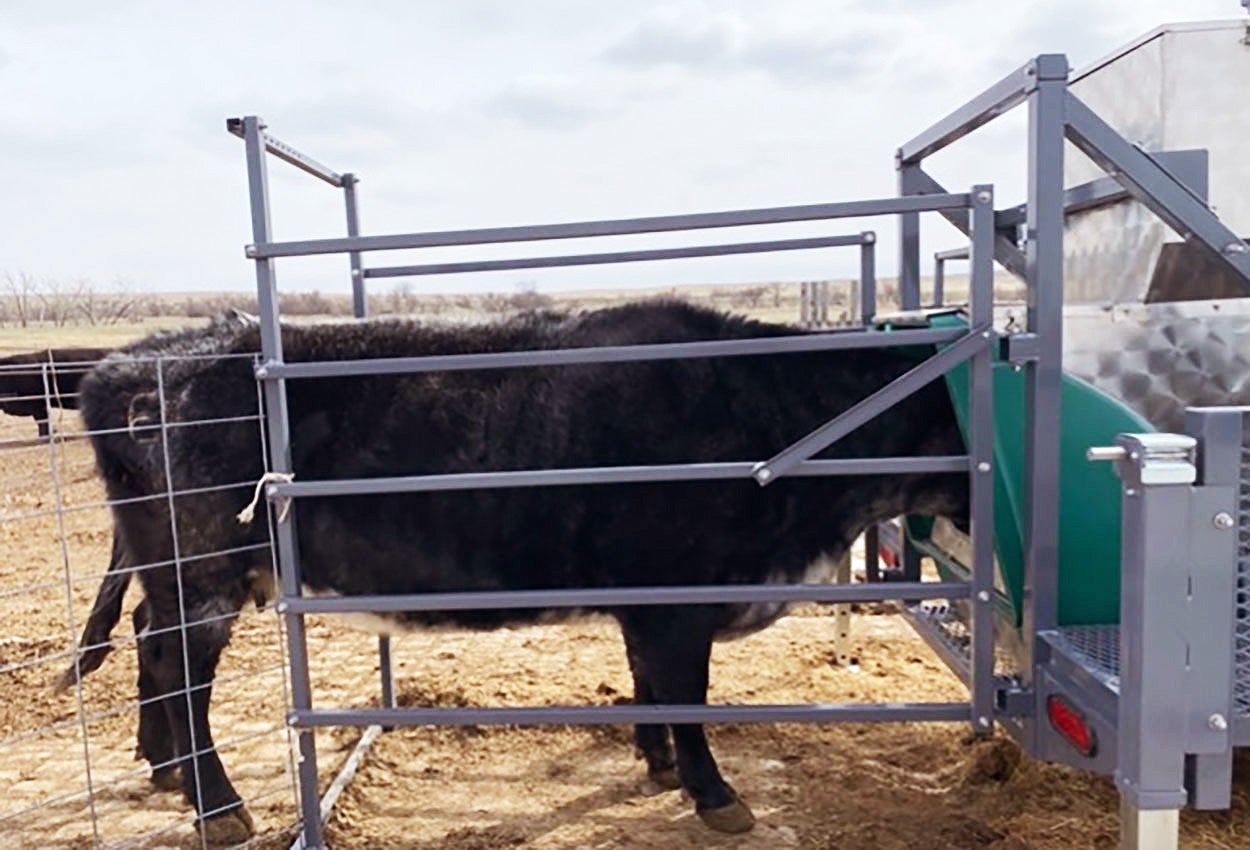
Range Roundup: Precision Technology to Measure Cattle Methane Emissions and Intake on Western S.D. Rangelands
In a recent research project, our precision livestock team deployed technology to measure individual cattle methane emissions and feed intake by disappearance. Learn how this data can be used to help improve day-to-day management decisions on the ranch.
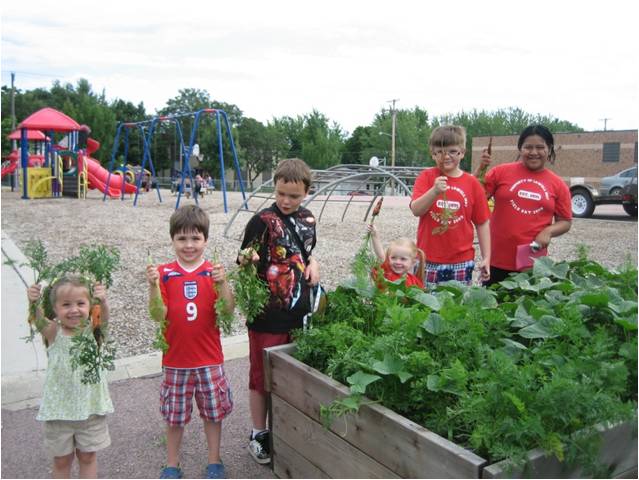
Ages & Stages in the Garden: 4-5 year olds
If considering a garden-based learning program for four to five year-old it is important to understand some of their developmental characteristics prior to planning your program. Young children’s abilities will differ greatly from older youth.

Ages & Stages in the Garden: Ages 9-11
When working with upper elementary youth in a garden consider their physical development and skill level as you develop learning activities. Nine to eleven year olds have better coordination and reaction time by this age, however sometimes dues to growth spurs there can be short-term issues with balance and coordination. Additionally, these children have more body strength and their hand dexterity has increased.

South Dakota Licensed Kitchen Process
Interested in selling food products in a retail establishments? Licensed kitchens are the place to start. Learn the steps for building a licensed kitchen in South Dakota along with rules, regulations and guidelines for processing foods in existing licensed kitchens.

Egg Safety with Holiday Foods
Holiday traditions include making tasty treats from frosted sugar cookies to homemade ice cream. They are all delicious, but hidden bacteria could be lurking in uncooked eggs, so refrain from tasting raw cookie dough or cake batter. Even grade A eggs with clean, uncracked shells can be contaminated with Salmonella Enteritidis bacteria.
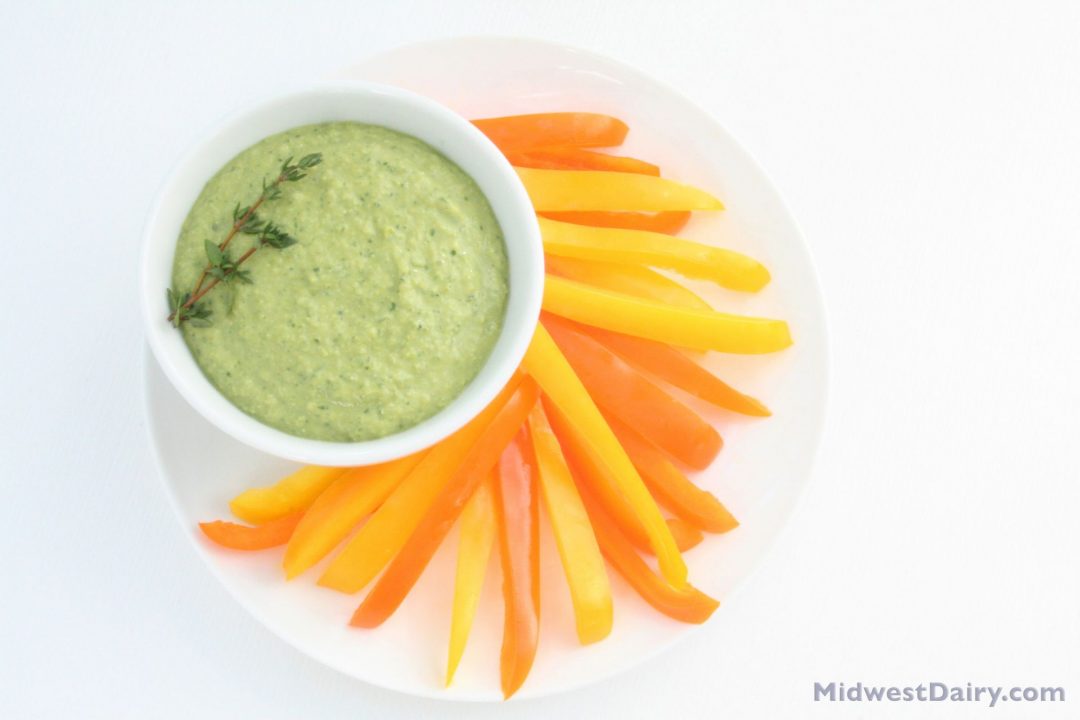
Fuel Up With Dairy to "Go Further with Food"
March is National Nutrition Month® and this year the Academy of Nutrition and Dietetics encourages Americans to "Go Further with Food." When it comes to food and nutrition, one thing most health professionals agree on is we could all benefit from eating more fruits and vegetables.
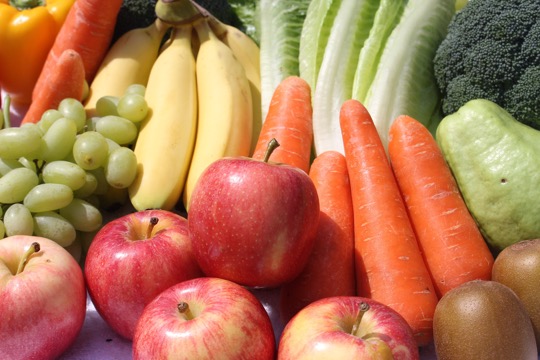
Getting Your Five Cups
“Eat your fruits and veggies!” You have probably heard this saying since you were a little kid and perhaps you are now telling your kids to do the same. There is a reason we are encouraged to eat our greens from a young age; these colorful foods are full of vitamins, minerals, and fiber. The USDA recommends adults consume two cups of fruits and three cups of vegetables per day.
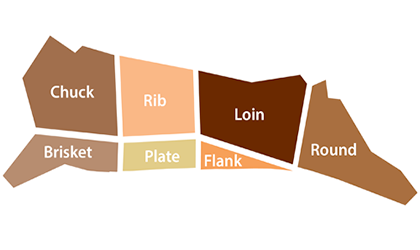
Buying Beef at the Grocery Store
The tremendous number of choices available to beef consumers offers a cut for any meal, but can also leave the most confident consumer puzzled as to the proper cut that should be purchased. Use this guide to help you select the ideal beef cut for your occasion.

Nitrates and Livestock Water Quality
Nitrate poisoning is something we think about with forages such as millet, oats, corn, sorghum, sudan, kochia and others that have been fertilized or if there is a drought, but water can also be a contributing factor.